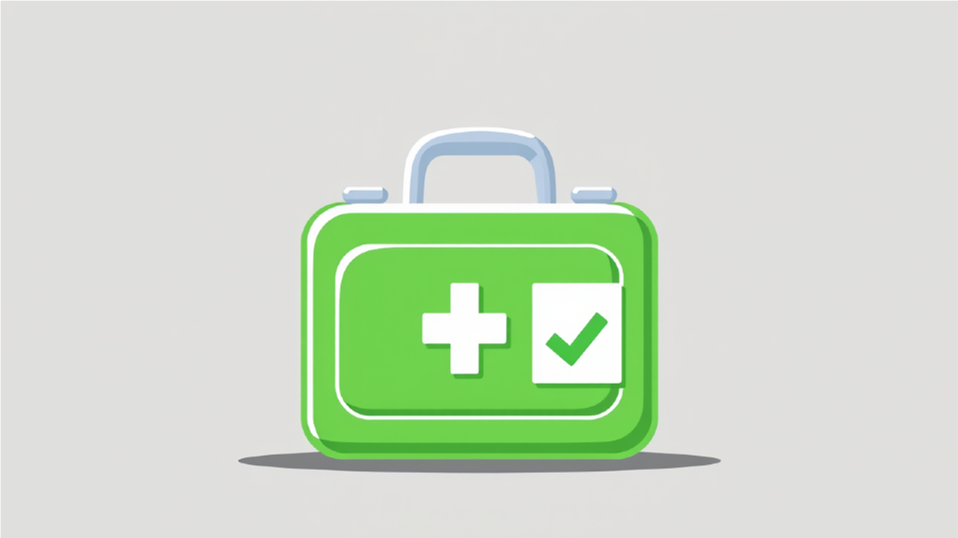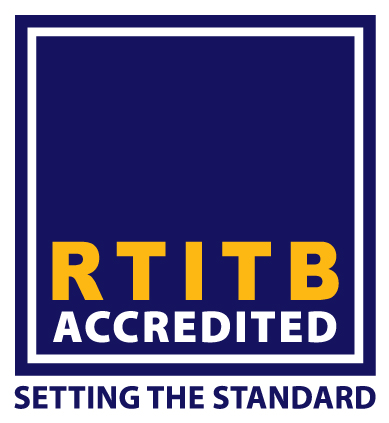Stress Awareness Month 2025
Dated: 09 Apr, 2025

Did you know that April is Stress Awareness Month?
With stress being one of the leading causes of fatigue, and around 20% of collisions involving drivers suffering from fatigue, it’s important to try to manage stress symptoms when driving.
Driving when you are stressed can have a significant impact on your driving abilities. It can result in reduced concentration, slower reaction times, and tension in muscles, which can all lead to a more challenging drive.
A driver who is stressed could be anxious behind the wheel or aggressive, either of which may lead to increased hazards for drivers and other vulnerable road users. According to a study commissioned by Aviva (to which we are one of their Specialist Partners) ‘one in seven motorists say anxiety affects their driving.’
Some of the situations which cause most driver stress include driving in bad weather (and at night), getting lost and experiencing mechanical issues.
We can’t take away all the stress from your drive, but we can give you some tips to reduce some of the more stressful situations.

General Driving Tips
- Ensure your vehicle is fit for the journey by completing a vehicle check.
- Plan your route, and set off earlier to allow for delays.
- Drive to the conditions, a speed limit does not have to be the speed you travel at.
- Ensure your phone is fully charged in case you need to contact somebody in an emergency.
- Ensure your lights are in working order and that your windscreen is clean and clear. A clean windscreen will help you to see other drivers, clean lights will help you to be seen by others.
- Ensure you have more than enough fuel / charge for the journey or plan stops along the way to refuel / recharge.
- Take a safe following distance position – give yourself time to react and stop.
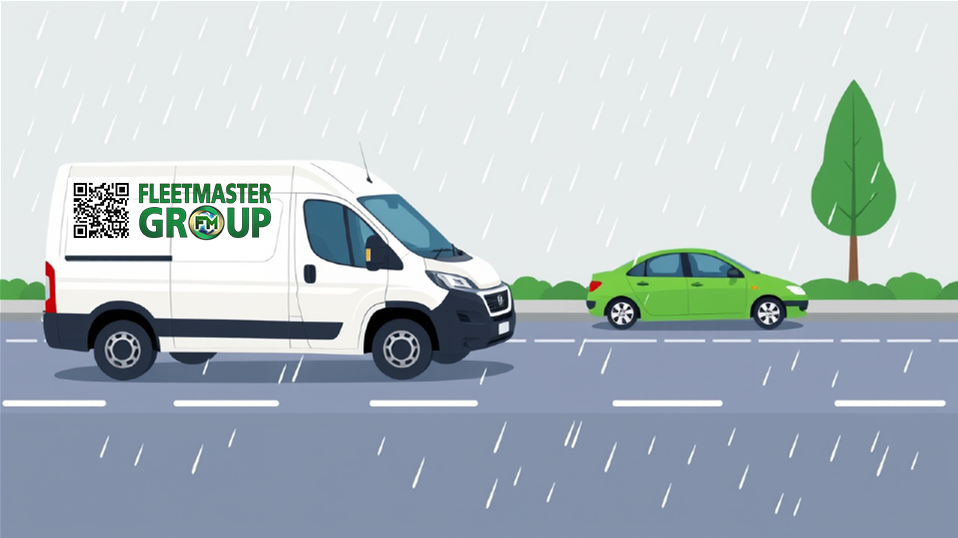
Rain
- Ensure your wiper blades and washer jets (screen wash) are in working order before setting off.
- Increase your following distance by at least double. Your stopping distance doubles in wet conditions, so give yourself the extra time and space.

Snow and ice
- Carry warm clothes, torch, shovel, water and food in case you get stranded.
- Clear the snow from the top of the vehicle. Melting snow could block your view or slide onto the road, causing a hazard.
-
Keep to major roads where possible, they are more likely to be gritted.

Fog / dark
- Turn on your lights as soon as visibility is reduced. Don’t wait until it is too dark, or the fog is too dense to see.
- Open windows to listen out for other road users, hazards, etc.
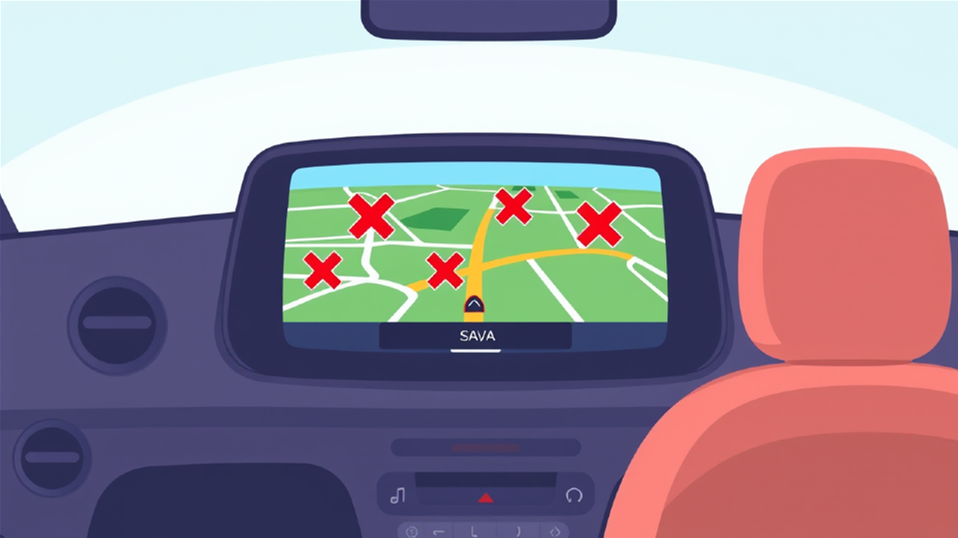
Getting lost
- Ensure your sat-nav or navigation app is up to date.
- Download a map of the route or carry an up-to-date map in the vehicle in case your navigation technology stops working / loses signal / is not up-to-date.
- Don’t be afraid to stop and ask for directions or help.
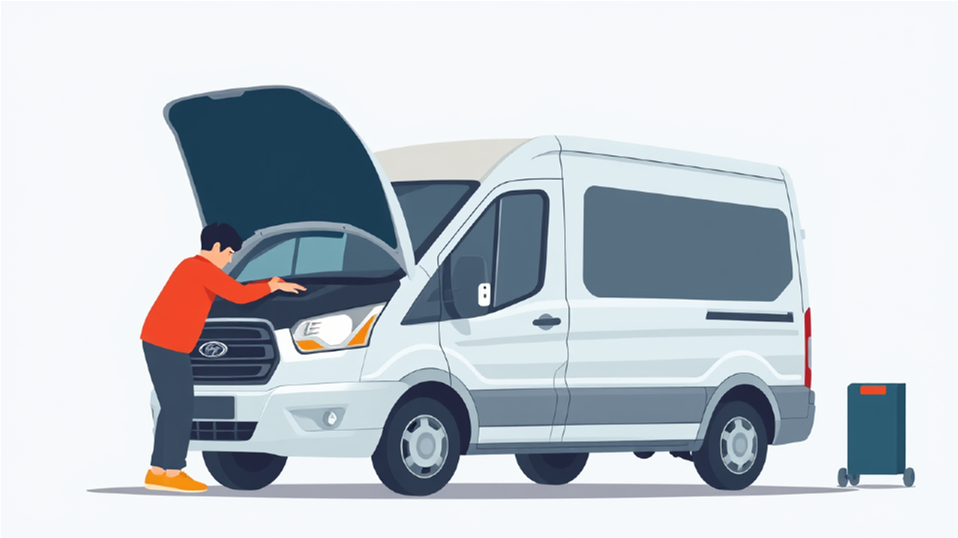
Mechanical issues / breakdowns
To help prevent breaking down, complete a thorough check of your vehicle before setting off. Although a vehicle check will not prevent any existing issues, if you notice it before setting off, you can cancel your journey, preventing you from breaking down whilst you are on the road. We suggest using the acronym FLOWERY to help remember the areas to check:
Fuel
Ensure you have enough fuel or charge for your journey or check when you can fill up / recharge on your route.
If you drive an electric vehicle, use charging location apps such as Zapmap to find the most suitable and convenient public charging points on your journey.
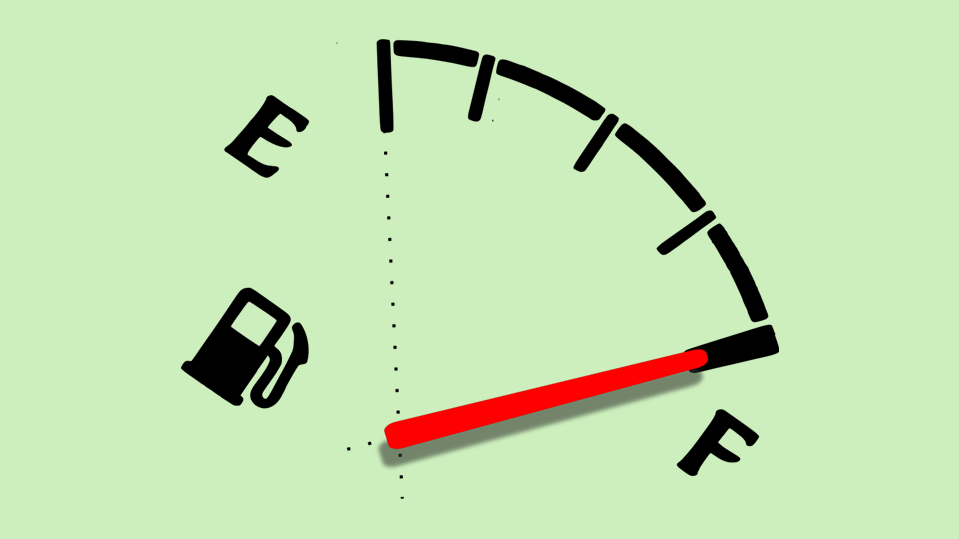
Lights
Check all the lights on your vehicle are working – get someone else to walk around to check them with you if you can and don’t forget the number plate light. If you do not have someone with you to help, find a reflective surface where you can see if your brake lights light up when you press down the pedal.
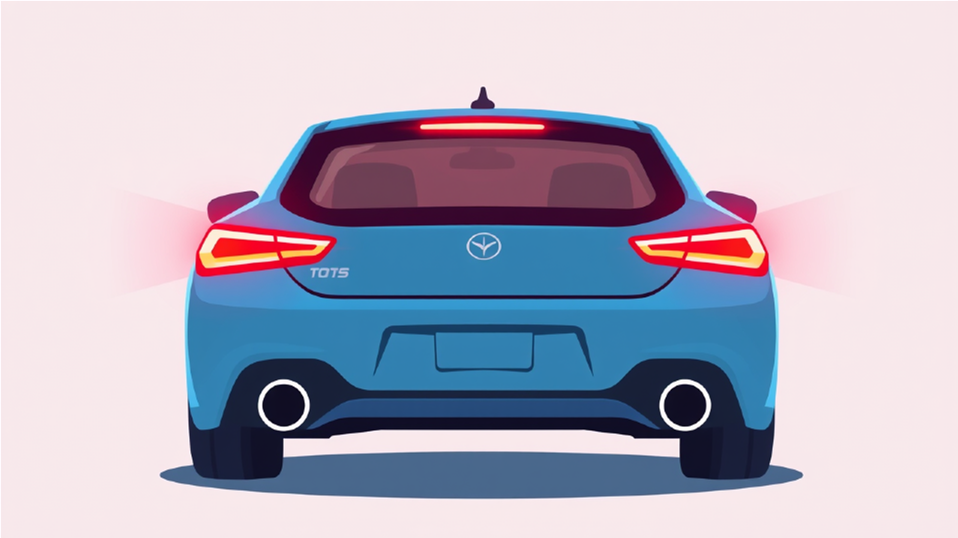
Oil
Check that the oil level is between the minimum and maximum marks on the dipstick. Remember you need to remove the dipstick, wipe off any oil, re-insert and then remove again to take an accurate measurement. Only check oil levels when the engine is cold.
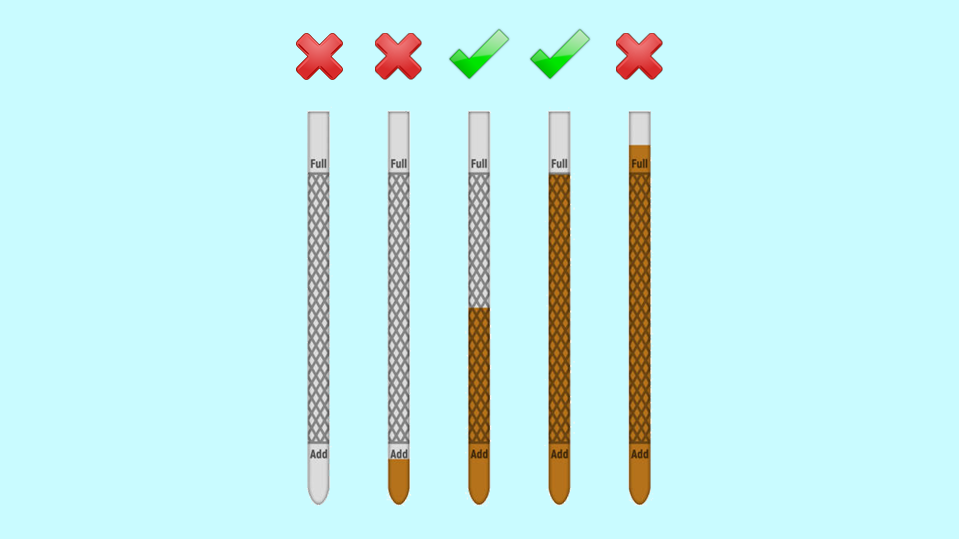
Water
Clean and clear windscreens will ensure you can see well ahead, so always make sure you have screen wash in the vehicle. It is an offence to drive without any screen wash!
Also check that the coolant fluid is above the minimum marking on the container. If you re-fill the coolant yourself, make sure the fluid level stays below the maximum marking.
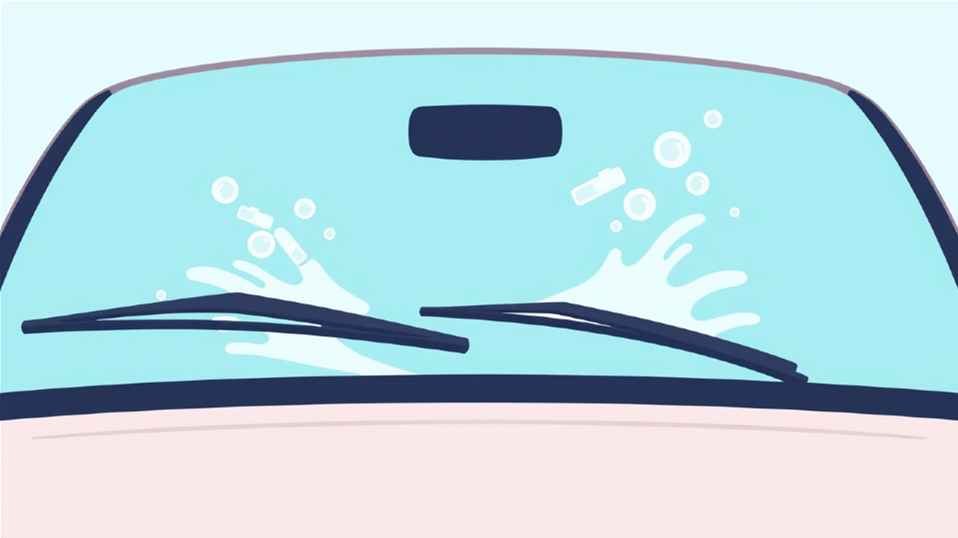
Electrics
If your battery takes longer to start than usual, get it checked out by a garage to see what the battery health is. The last thing you want is your battery to cut out whilst you are in the middle of a journey!
For electric vehicles (EVs) do a visual check to see that all the cables are in good condition. Do not touch the orange cables, they carry high voltage and can be fatal to touch.
Keep an eye on your dashboard to see if any new warning lights have appeared. When you start your vehicle you will notice your dashboard is full of iluminated symbols. If any of those stay on, consult your vehicle handbook to see what the warning light means and get in touch with your garage.
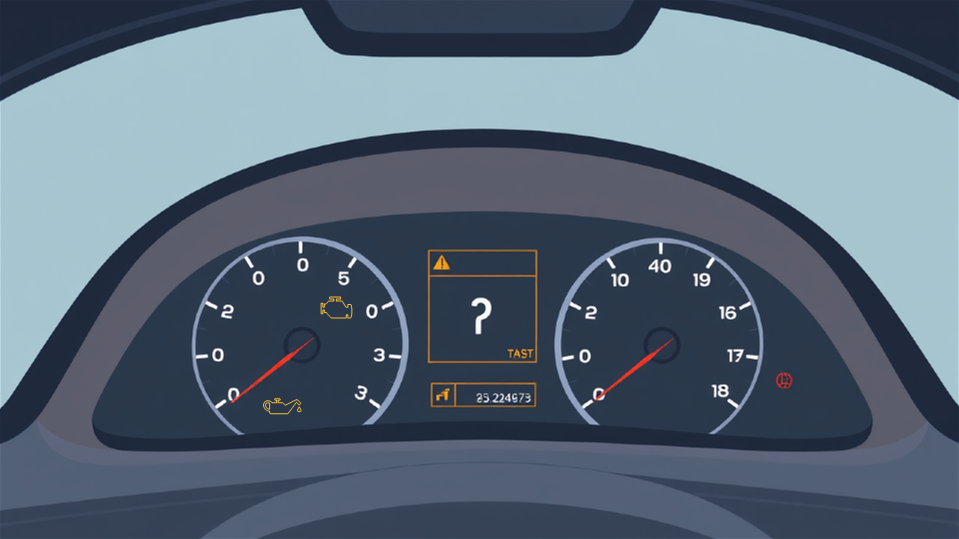
Rubber
Check the tyres are properly inflated. You can find the required inflation figure in the passenger doorway, or in your vehicle handbook.
Tyre treads must legally be at least 1.6mm (the outer rim of a 20p piece is about 2mm so you can use this as a guide).
Visually inspect the windscreen wipers by lifting them away from the windscreen to make sure there is no damage, and spray your windscreen with the washers to make sure the wipers are properly wiping the liquid. If you notice the liquid is smearing on the windscreen and reducing your visibility, it's time for new wiper blades!
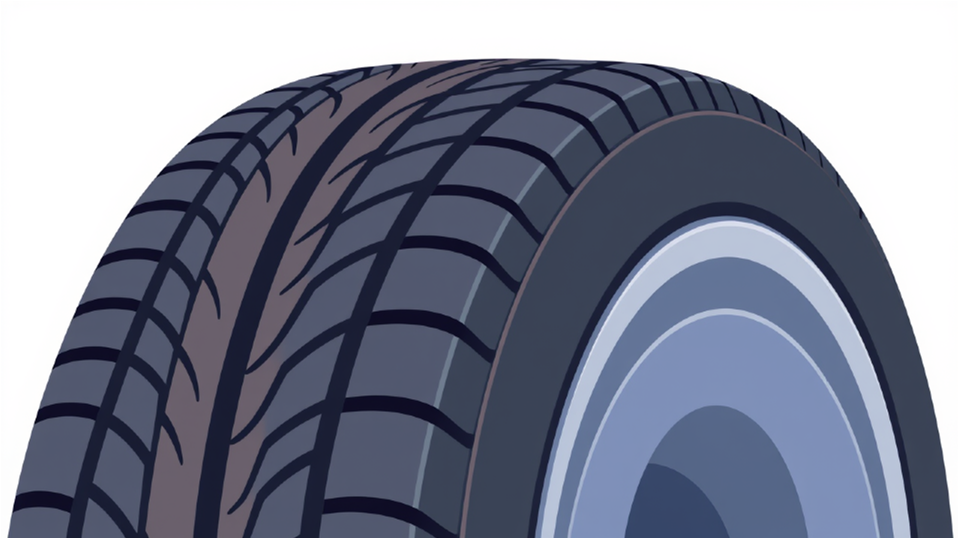
Yourself
The full acronym for these checks is FLOWERY as yourself is the most important part of a safe journey. Take regular breaks, especially if you feel the stress levels rising, get out of the vehicle, stretch your muscles and take deep breaths. Don’t drive when tired as stress and fatigue are closely linked. Remember, the Highway Code recommends taking a 15 minute break after every 2 hours of continious driving, even if you feel fine!
